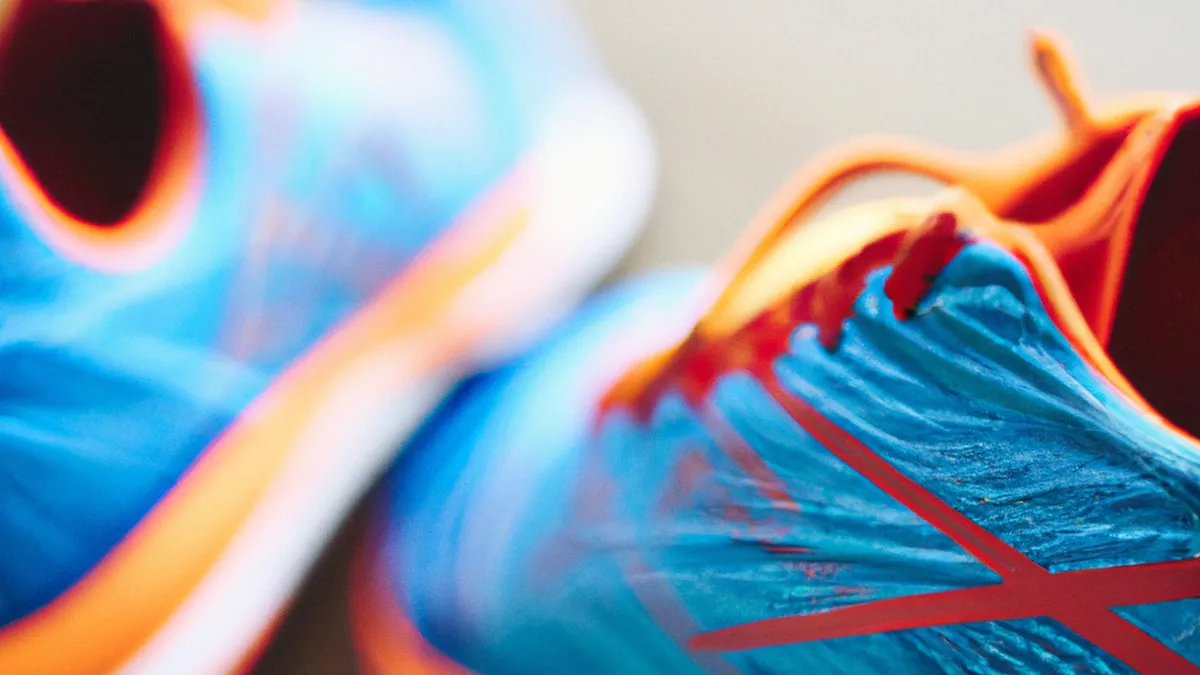Training Load: 5 Tips for Effective Management
Tracking Training Loads: A Key to Optimal PerformanceAthletes and fitness enthusiasts often push their limits for excellence. However, improper tracking of training loads risks injury and burnout. Understanding training loads optimizes performance and recovery. This blog post explores effective ways to track training loads, tips for implementation, benefits of monitoring, and advice for a balanced regimen.
What is Training Load?
Training load represents the stress on the body during physical activity. It includes both workout intensity and duration. For example, a high-intensity interval training (HIIT) session may have a high training load despite its shorter duration compared to a long, steady-state run. Tracking this load helps athletes manage training and balance hard work with recovery.
Why Track Training Loads?
Tracking training loads helps athletes identify performance patterns and understand their body’s responses. Additionally, it prevents overtraining by highlighting when athletes need rest or adjustments. Monitoring training loads supports long-term development and maintains motivation and progress.
How to Track Training Loads
As an Amazon Associate I earn from qualifying purchases.
Gear tip: consider kids jump rope, agility rings, and soft medicine ball to support this topic.
Several methods exist for tracking training loads. Here are effective strategies to consider.
1. Use Technology
Wearable devices, like heart rate monitors or fitness trackers, provide real-time workout data. These devices measure heart rates, calories burned, and sleep quality. Advanced wearables can track specific metrics, such as VO2 max or lactate threshold. This data offers insights into training loads and allows workout adjustments based on feedback.
2. Keep a Training Log
Maintain a training log to track training loads effectively. You can use a notebook or a dedicated app. Record the type of exercise, duration, intensity, and perceived exertion levels. Keeping a detailed record helps visualize training patterns over time, allowing trend identification and informed adjustments.
3. Rate of Perceived Exertion (RPE)
The Rate of Perceived Exertion (RPE) allows athletes to rate workout intensity on a scale from 1 to 10. Incorporate RPE into your training log for valuable insights about how you feel during sessions. This subjective measure complements objective data from wearables, providing a holistic view of training loads.
4. Monitor Recovery
Pay attention to recovery metrics to understand training loads. Use tools like heart rate variability (HRV) or sleep quality assessments to gauge recovery. Monitoring your recovery status helps determine when to push harder or when to step back.
Conclusion
Tracking training loads enhances performance and supports effective training. Use technology, maintain a log, incorporate RPE, and monitor recovery to optimize your regimen.
Below are related products based on this post:
FAQ
What is training load?
Training load represents the stress on the body during physical activity, encompassing both workout intensity and duration. For instance, a high-intensity interval training session may have a high training load despite being shorter than a long, steady-state run. Understanding this concept is crucial for managing training and recovery effectively.
Why is it important to track training loads?
Tracking training loads helps athletes identify performance patterns and understand their body’s responses to exercise. It also prevents overtraining by indicating when rest or adjustments are necessary, supporting long-term development and maintaining motivation.
What are some effective methods for tracking training loads?
Effective methods for tracking training loads include using wearable technology, maintaining a training log, incorporating the Rate of Perceived Exertion (RPE), and monitoring recovery metrics. These strategies provide valuable insights into workout intensity, duration, and overall training patterns, allowing for informed adjustments to optimize performance.















Post Comment